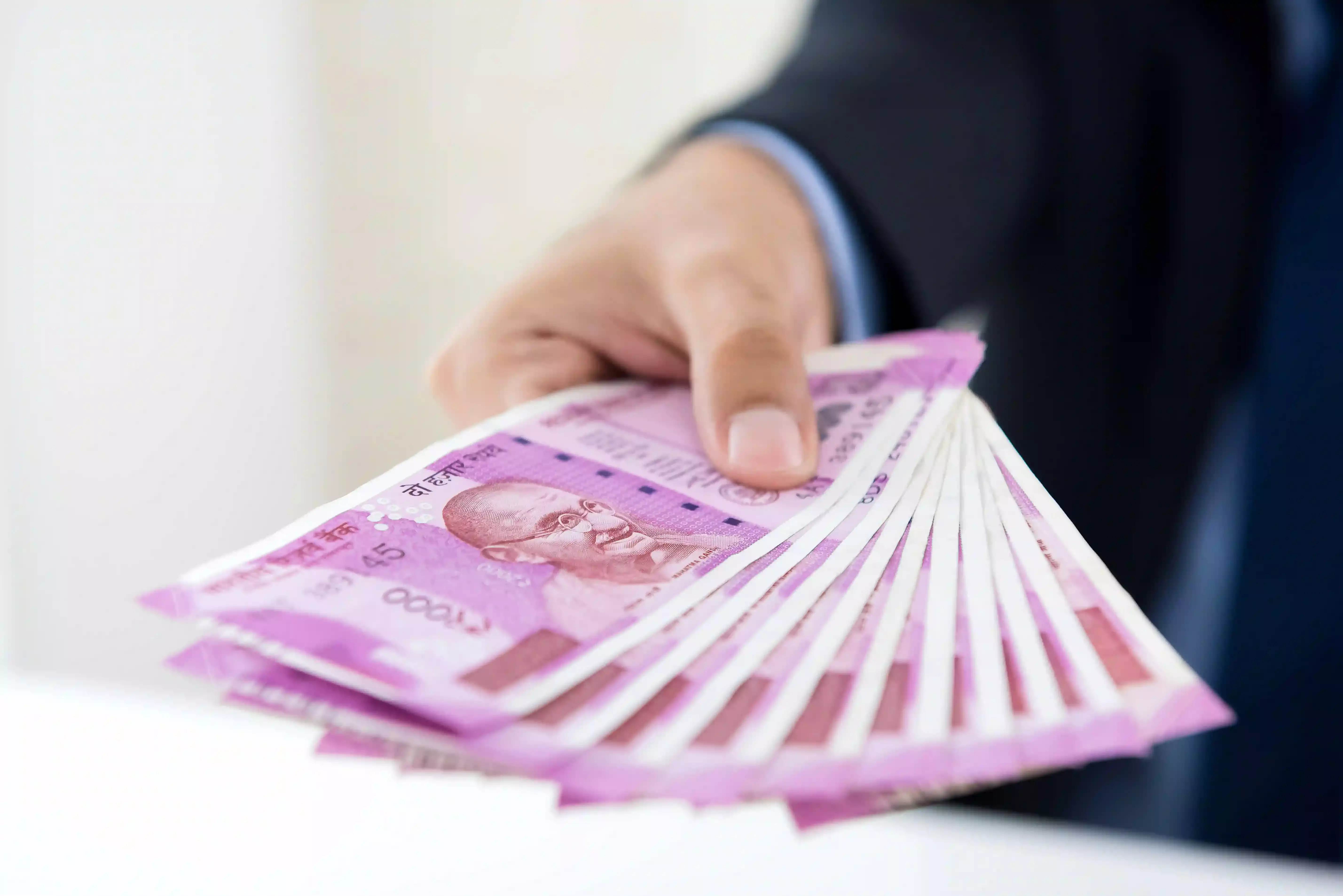Congress Claims Rupee Value was Rs 49 Per USD in 2012, But Was It?
The value of Indian Rupee did hover around Rs 49 in 2012, but for 44 days in the beginning of the year and then slumped to Rs 54 by year end
The Indian rupee hit an all-time low of Rs 76.96 against the US dollar on March 7, 2022. Addressing this lowest exchange rate, the Indian National Congress (INC) tweeted an infographic claiming that in 2012, when the Congress was in power in the Centre, the exchange rate of Indian rupee was Rs 49 per USD and now it was Rs 77 per dollar.
"The rupee has hit the lowest level against the dollar today. What kind of days are being shown by people who promised good days to the countrymen," read the tweet when translated to English.
Fact-check
Neither at the end of 2011-12, nor at the end of 2012-13 was the exchange rate of Indian rupee against USD Rs 49 as the Congress claimed, showed data published by the Reserve Bank of India. According to the Handbook of Statistics on Indian Economy, published annually by the RBI, the end-year exchange rate in 2011-12 was Rs 51.16 and in 2012-13 it was Rs 54.38.
Although, data published daily by the Federal Reserve System, the central bank of the US, showed that in the entire year of 2012, the Indian rupee did hover around an exchange rate of Rs 49 against USD, but for 44 of the 366 days that leap year. These days fell between the last week of January and the first half of March. After that, the value quickly dropped.
The Congress was in power in 2013-14 too when the exchange rate against USD had surged to Rs 60.09, which is around Rs 5.71 higher than the rate towards the end of 2012-13.
The rupee had also hit a record low of 68.85 per dollar on August 28, 2013, according to a report by Business Today. This was caused due to the US Federal Reserve's tapering which caused general weakening in global currencies, according to the report which quoted the then Prime Minister Manmohan Singh. The fall in the rupee was also caused due to certain "unexpected external factors," Singh mentioned in August 2013.
When FactChecker called Dr Vipin Yadav, National Convener of INC's social media department, for a clarification, he said he would discuss it with his team and get back to us. We also emailed Rohan Gupta, Chairman of INC's social media department. We hadn't received a response from either of them by the time this article was published. If and when we do, it will be updated here.
Why Has Rupee Depreciated?
The current rupee depreciation can be justified as something that has happened to all currencies considering Russia's invasion of Ukraine. The moment a war breaks out all currencies tend to depreciate, said Madan Sabnavis, Chief Economist, Bank of Baroda
"Because the dollar, which is considered as the strongest or the gold standard of currencies, keeps strengthening. The rupee has not been insulated from this depreciation which is why we're seeing the current trend," Sabnavis told FactChecker.
Due to the war, investors are flocking towards investing more in the dollar currency. "Since the dollar strengthens, people prefer to keep dollar currencies. Generally, a majority of central banks will have reserves predominantly in dollars as currency and gold, other than other assets. Dollar is likely to strengthen further because the US treasury yields are falling and there is a complete risk-aversion in global markets, inducing a pessimistic global market sentiment or bias," NS Ramaswamy, Head of Commodities at Ventura Securities Ltd, told FactChecker.
Russia is the world's largest exporter of crude oil products, at around 7 million barrels per day. There is a possibility that the USA might ban Russian oil imports, according to Reuters. This has caused a surge in oil prices as the supply of crude oil has reduced.
"When we see all the problems that are happening on the oil front as well as the fact that global commodity prices are going up, the sentiment turns negative. The import bill is going to increase and this, in itself, has become a precursor to the rupee falling," explained Sabnavis.
The economists also explained how war and bans lead to supply crunch in the global market which makes it seem like the demand is increasing. "If there is de-escalation of the war tomorrow, normal global activities will start and there will be more of a demand for crude oil which will be another trigger to the prices of crude oil. This trigger causes further rise in prices and this is going to affect the end-consumer," Ramaswamy concluded.




